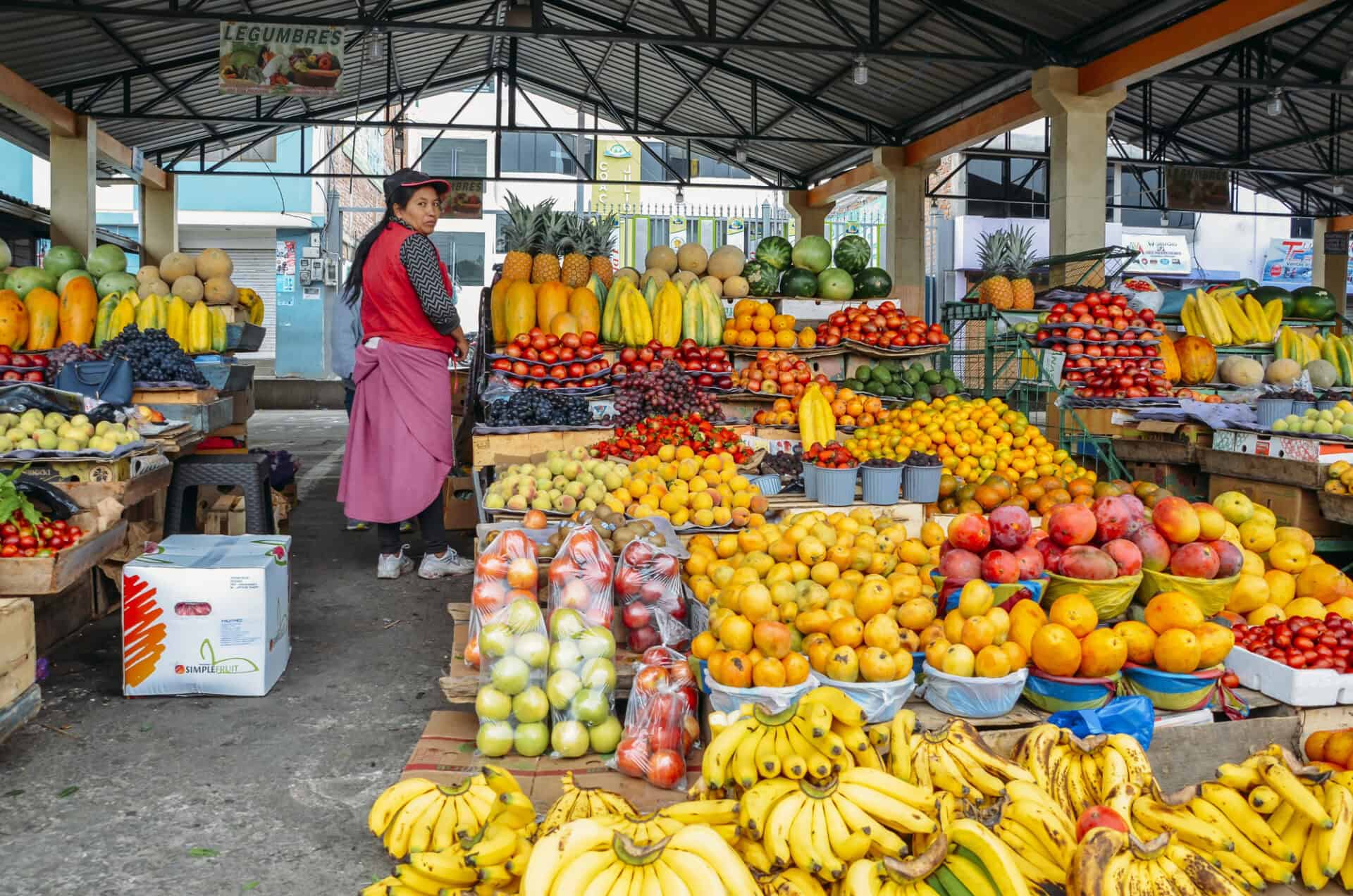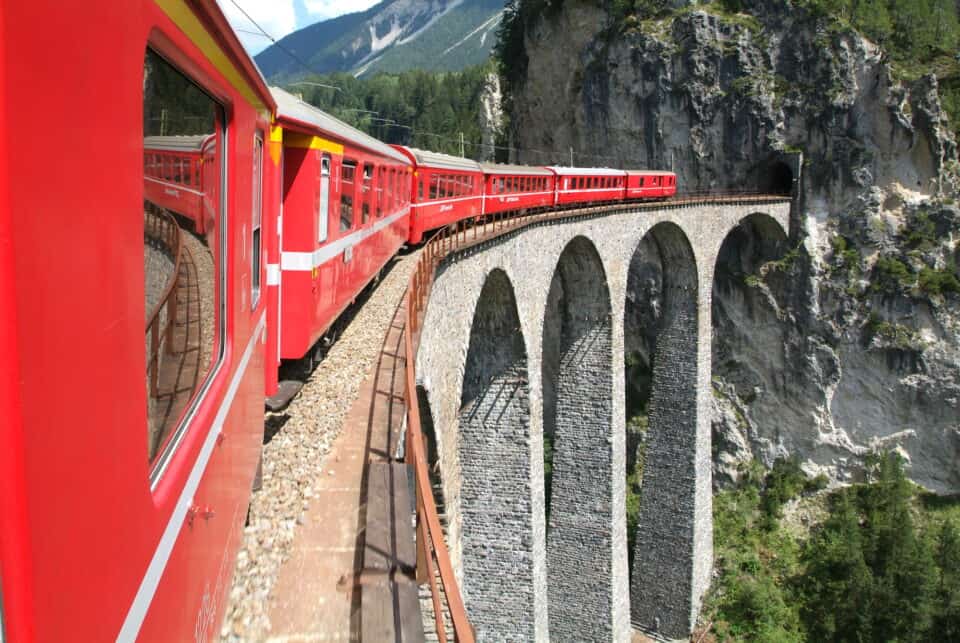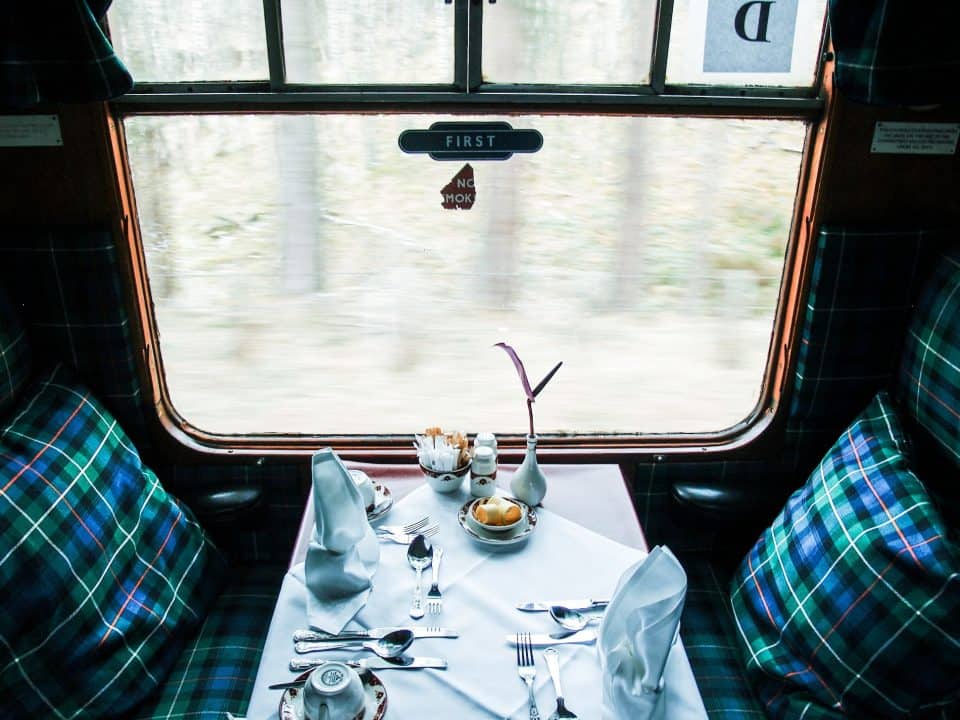In a world that often values speed and efficiency over depth and connection, there is a growing movement beckoning us to take a different path: slow travel. It is an approach to travel that challenges the rush, inviting us to sink into the rhythms of local life and savor every moment of our journeys. It is the opposite of ticking off as many highlights as possible. With slow travel, you shift down a gear. You take the time to really be somewhere, to experience a place, and to meet the residents. In praise of the unhurried journey: The art of Slow Travel.
What is Slow Travel?
Slow travel is a mindset that encourages travelers to take their time, with an emphasis on quality over quantity. Instead of a tight schedule with numerous attractions lined up, you travel at a relaxed pace and enjoy the moment. It means staying in a place longer, getting to know its people, exploring its hidden nooks, and allowing oneself the luxury of spontaneity. With slow travel you are more likely to leave the beaten track. After all, you end up in places that other people miss or don’t have time for. The slow traveler immerses themselves in the culture and environment, forming a connection that is impossible to forge in haste. By traveling slower and consciously choosing to include fewer sights in your itinerary, you get the chance to relax.
Slow Travel is the travel variant of Slow Food, an international movement that originated in Italy in 1986 as a response to the rise of fast food and the disappearance of traditional food cultures.
The benefits of a slower pace
Slow Travel comes with a bevy of rewards for those willing to meander rather than race.
– Deeper cultural engagement: By spending more time in one location, travelers can engage with the community, learn the language, and participate in local traditions.
– Environmental sustainability: Slower modes of transport such as trains, bicycles or walking gives you the opportunity to admire the landscape and meet people, and you leave a smaller carbon footprint.
– Economic responsibility: Slow travelers tend to spend their money at local businesses, contributing to the local economy in a more sustained way.
– Personal wellbeing: The relaxed pace of slow travel can reduce the stress associated with trying to see and do everything, leading to a more restorative experience.
How to embrace Slow Travel
Here are some tips to incorporate the principles of slow travel into your next adventure:
– Stay longer: Instead of hopping from place to place, choose a single destination and stay there for the duration of your trip.
– Choose sustainable transportation: Opt for methods of travel that minimize environmental impact.
– Connect with locals: Eat at local restaurants, visit markets, stay in homestays or boutique hotels, and take the time to strike up conversations. You don’t travel to check off items on your bucket list, but to have authentic experiences.
– Be flexible: Leave room in your itinerary for unplanned experiences. Sometimes the best moments are the ones you don’t schedule.
– Travel off-peak: Consider traveling during the shoulder season, which can offer a more authentic glimpse into local life when the crowds have thinned.
– Learn and participate: Engage in workshops or volunteer opportunities that allow you to learn about the culture and contribute to the community.
Slow Travel in practice
Imagine renting a house in the Tuscan countryside for a month, shopping at local markets, and learning a handful of Italian phrases to chat with your neighbors. Or picture yourself taking a leisurely train journey across India, stopping in small towns, savoring regional cuisines, and attending local festivals. These are the experiences that epitomize slow travel.
The impact on conscious travel
Slow travel aligns perfectly with the values of conscious travel. It is about being mindful of our impact, respecting the destinations we visit, and forming meaningful connections with the environment and its inhabitants. By slowing down, we are not just travelers passing through; we become temporary custodians of the places we are privileged to explore.

In embracing slow travel, we reject the notion that more is better. Instead, we come to understand that the richest travel experiences are those measured not in miles or sights seen, but in the depth of our engagement and the memories we create. So, the next time you pack your bags, consider the unhurried path. Travel slowly, and find that the world opens up to you in ways you never imagined possible.
This article is part of the series by Conscious Travel Guide, your resource for mindful globetrotting.


